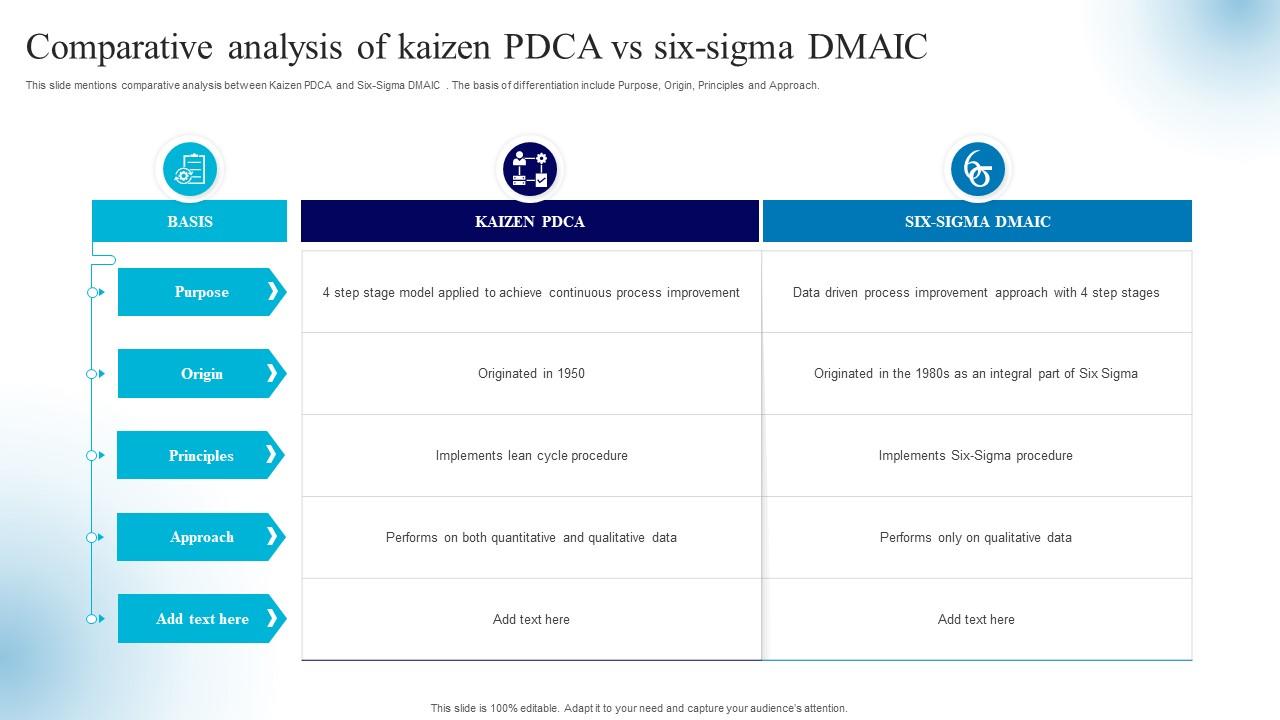Bookkeeping
Lean vs Six Sigma: The Key Differences

Lucid partners with industry leaders, including Google, Atlassian, and Microsoft. Since its founding, Lucid has received numerous awards for its products, business, and workplace culture. The Six Sigma master black belt is the highest level of Six Sigma expertise.
Advantages – Six Sigma in Manufacturing
Integrating Lean principles into each step eliminates waste, improves efficiency, and reduces variability and defects. Lean Six Sigma doesn’t correct an isolated problem but rather establishes a dynamic of continuous process optimization, by eliminating waste and defects to create a culture of continuous improvement. The production costs will increase with Six Sigma due to the additional technology products and experienced labor.
Process optimisation
These demonstrate the linkages between an improved process and customer satisfaction with their requirements and tasks that must be done to complete the project. There are two Six Sigma practices, otherwise known as Six Sigma methodologies, and each have five Six Sigma stages. These are not too dissimilar from the steps in what is known as SPC, or statistical process control, which mainly deals with doing quality control through data.
Statistical analysis
In either case, the cost of Six Sigma adoption by small businesses is too high to be feasible. Even large companies must provide a lot of training for employees to grasp the system. Unfortunately, however, you may end up losing out to your cheaper competitors, especially if you are dealing in products that customers do not actually care about extra quality. Clearly, there are several reasons why Six Sigma has become so popular, and the outcomes of many companies demonstrate its value. Honeywell, General Electric, and many other Fortune 500 organizations had adopted the approach. As a result of these initiatives, many organizations saw marked reductions in costs and improvements in quality.
Improved customer satisfaction
You’ll have to think about constraints, components and participants going forward, especially if you are proposing several alternatives. The difference here between DMAIC and DMADV is that while the former is about improving a product or solving a problem with it, the latter is about improving a process. DMADV can streamline the workflow by improving an existing process or for discovering and trying new work processes. In the improvement stage of DMAIC Six Sigma, you begin to map out solutions and the actions to take.
Lean Six Sigma is a team-focused managerial approach that seeks to improve performance by eliminating waste and defects while boosting the standardization of work. Any use of resources that does not create value for the end customer is considered a waste and should be eliminated. By applying this philosophy, they integrate continuous improvement into every part of their operations, from machinery and workspaces to processes and workers. They benefit from a rigorous methodology that encourages systematic problem analysis and the implementation of sustainable solutions. Process improvement becomes a collective movement in which every employee is involved, every action counts, and every challenge is an opportunity for enhancement.
The differences and similarities in theoretical and practical aspects can help you select the best tool. Promises of significant improvements and high ROI are some of the main attractions of Six Sigma. The tools and methodologies of Six Sigma are potent, but like all tools, they can be misused. Companies might focus excessively on defect elimination, ignoring opportunities for innovation or expansion. An incorrect or half-baked implementation of Six Sigma can do more harm than not implementing it at all.
- Daniel Raymond, a project manager with over 20 years of experience, is the former CEO of a successful software company called Websystems.
- The structured nature of Six Sigma can sometimes limit flexibility in responding to rapidly changing business environments.
- Both methods can easily eliminate waste and improve efficiency, but they do so in different ways.
- A process that can aid with the implementation of Lean Six Sigma is Advanced Planning and Scheduling (APS) Software.
GE was the one to set the precedent of this methodology and soon many manufacturing companies followed seeing amazing results and a few others saw that this methodology was just not for them. 64 percent of the former overwhelmingly increased their profits by more than 100 percent, while 64 percent of the latter registered comparatively low profits. This guide will walk you through the essential elements of using six sigma – the productivity method to keep your team productive and engaged. This structured approach enables us to find the true origin of a problem beyond the visible symptoms. Exploring the underlying causes helps find lasting solutions and prevent recurring problems.

Businesses need to remember that not all beneficial aspects can be quantified. Gaining certification, especially at the higher belts, is not just a matter of expense but also of time. From registration fees to course materials, from dedicated trainers to potential travel expenses, the financial aspects can pile up.
These barriers are hard to predict as this will not be the same for every business. In addition, focusing on the development will have more such problems arising, and all of them require proper strategies to solve effectively. With Six Sigma, the feedback that employees get from their bosses can premier online customer ratings and product reviews also lead to a greater sense of unity. Six Sigma has a proven track record of value-added processes and high-quality production. Lean looks to maximize value for the customer with the smallest number of resources, whereas Six Sigma aims to achieve high customer satisfaction by minimizing costs.
